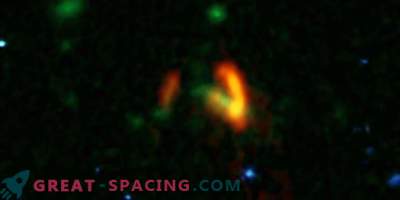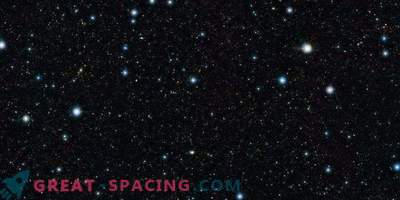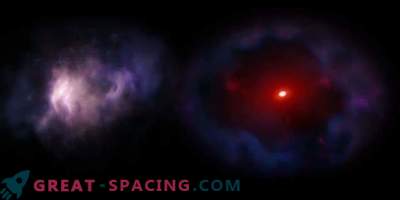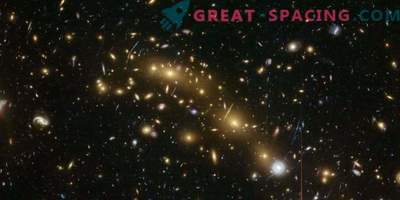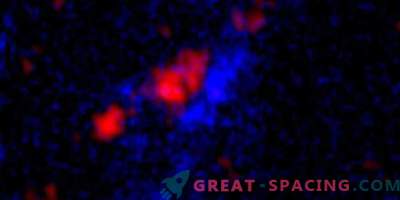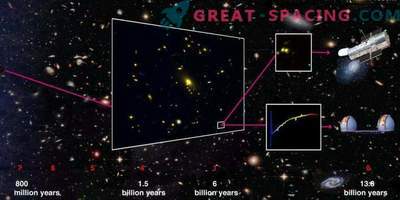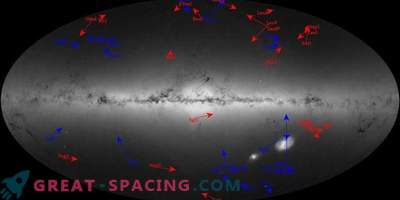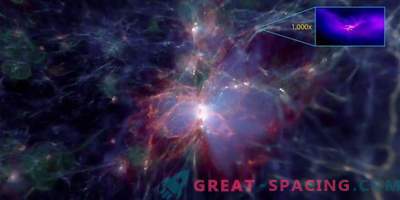
Massive ultra-compact galaxies with stellar masses of more than 80 billion suns
The new study presents the characteristics of massive ultra-compact galaxies. On their territories they contain several times more stars than the Milky Way galaxy, and incredibly bright (80 billion suns). However, the stars are packed tightly in size, much smaller than our galaxy. Scientists have brought a new set of 29 galaxies with such properties at a distance of 2-5 billion light years from Earth.
Seven of the found galaxies belong to the primitive type, which remained intact since the formation of 10 billion years ago. These are relic galaxies that demonstrate how the galaxies looked in the early centuries of the Universe, although they live in our galactic region. It was possible to find only 29 such galaxies in a full review of the local Universe.
The age of the galaxies was determined by separating the red and more ancient relict galaxies from the blue and young (the color of the stars). Scientists have yet to understand how the galaxies have managed to remain intact all this time. The paradigm of the formation and evolution of galaxies says that relic ultracompact galaxies could be saved by merging with others and developing by living in extremely populated galactic clusters. This seems illogical, because galaxies in a crowded environment are much easier to contact and lose their original properties. However, in such areas there is a large gravitational pull at high galactic speeds. Therefore, galaxies pass against each other without the necessary time for serious interaction.
In a new study, scientists tried to determine some properties of the objects found, such as size and age. But now you need to use large ground-based telescopes. It is planned to study in more detail the environment in which the galaxies are located in order to trace past history and the path of development.

